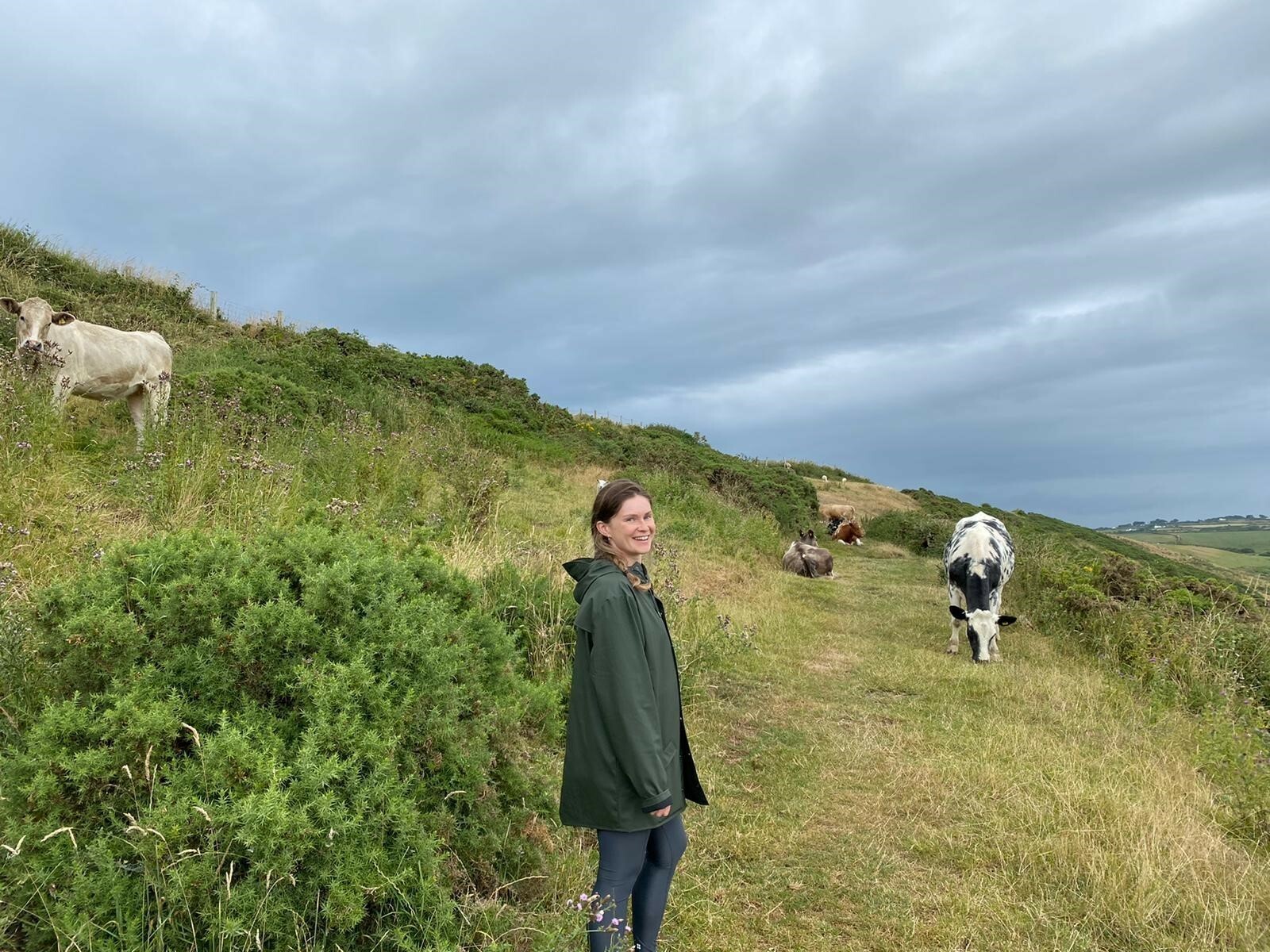November 2021
‘You can see how much room there is to build the homes that young families need in this country, not on green fields, not just jammed in the south east, but beautiful homes on brownfield sites in places where homes make sense.’
Boris Johnson, Prime Minister, Conservative Party Conference 2021.
Many of the global challenges we face in the 21st century can be tackled by shifting towards a more circular economy. Litter is reduced by making new bottles out of old ones, air pollution by travelling by public transport rather than private cars, and recycling the land that we no longer use to create the communities we need.
Our countryside and green spaces have provided us with space to breathe, a place to escape from our four walls, more so than ever during the recent pandemic lockdowns - our countryside has been a reliable friend. But, increasingly in recent years, its great expanse is being slowly chipped away. The use of our countryside and green spaces for housing development has seen a 150% increase between 2006 and 2017 (see DLUHC: Land Use Change Statistics 2012-2013/ Land Use change statistics live tables 2017-2018). Once this land has been dug up and built on, it’s lost forever and can no longer benefit people’s health and wellbeing, provide a home for nature or provide ecosystems services, which sequester carbon from the atmosphere.
The latest research report from CPRE shows that there is a plentiful supply of brownfield land across England - land that was once used, but isn't anymore - with capacity for 1.3 million homes across the country. This includes a lot of land in the midlands and the north, which is ready and waiting to be repurposed into vibrant new communities. Since our last report in 2020, there has been enough additional capacity on brownfield registers for 100,000 more homes. This is nearly a 10% increase on the amount that was found last year, again showing the regenerating nature of this fantastic resource.
It’s important that we remember and understand the value that all land has for people and nature. Some brownfield sites do provide valuable ‘green-spaces’ for local communities and a small but important number are important habitats for nature and have rich biodiversity. It’s vital that the processes and resources are in place so these sites can be identified, protected and valued. At the same time, the potential value to nature and people of some overlooked areas of countryside shouldn’t be dismissed, and should be valued and invested in equally.
However, we must remember that brownfield land is the result of our ‘take, make and throw away’ approach to land use, which we must change. We can’t keep counting the number of homes we can fit on brownfield land; we need to start recycling it and make it an active and accessible source of land supply.
While we have found good regional spread of brownfield land, its use for development remains low. As a proportion of the number of sites and hectares of brownfield land available, the north east has only developed 19% of available sites, York and the Humber only 13% and the south east only 17%. At the same time, greenfield land continues to be built on at an unprecedented rate. CPRE’s recent State of the Green Belt 2021 and Beauty still betrayed: the state of our AONBs 2021 reports found that, over the next 15 years, there are 250,000 houses planned for Green Belt land and a further 90,000 planned for within Areas of Outstanding Natural Beauty (AONBs).
There have been promising signals in terms of political will, as the Prime Minister’s comments indicate, as well as the brownfield land targeted £1.8 billion announced in the autumn 2021 Budget. But there needs to be tangible action. The next promising step will be the introduction of a comprehensive brownfield first policy in the National Planning Policy Framework (NPPF). This policy should allow for the true prioritisation and harnessing of brownfield land by local authorities to regenerate, to high design standards, the communities that need it most.
Enabling the recycling of our land and stopping the unnecessary waste of our countryside and green spaces to housing development is within reach. Over the next year, the upcoming Planning Bill and revision of the NPPF provide a time for change and opportunity. There is no time like now, in the face of a worsening climate emergency, for the government to take bold action. Building on brownfield lands make so much sense and we hope for the sake of the countryside, that sense prevails.
Philippa Oppenheimer is Land Use Officer at CPRE
The opinions expressed in this blog are the author's and not necessarily those of the wider Link membership.




Latest Blog Posts